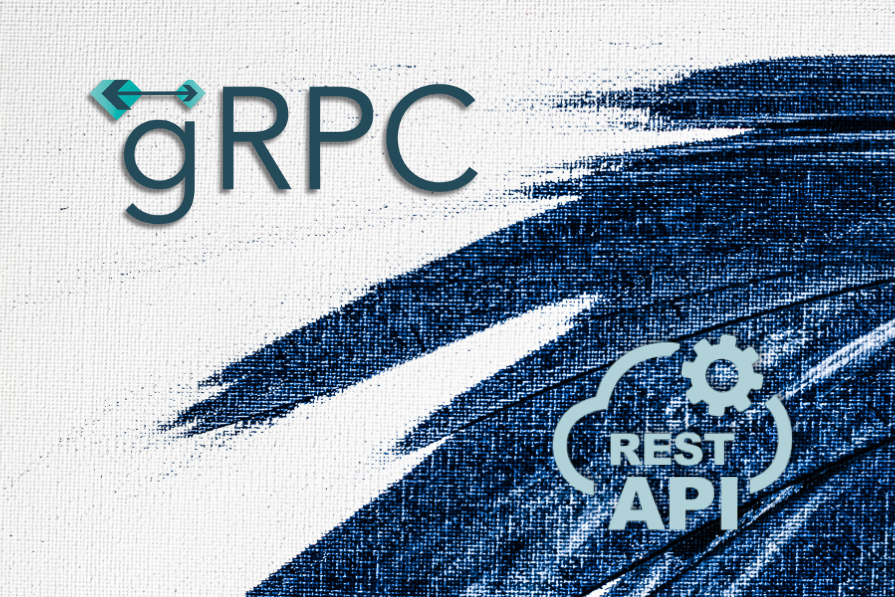Logrocket
1M
123

Image Credit: Logrocket
gRPC vs REST: Choosing the best API design approach
- When choosing between gRPC and REST for API design, consider factors like performance, protocol, and project requirements.
- REST, an architectural style using HTTP methods like GET and POST, is known for its simplicity, human readability, and broad compatibility.
- gRPC, Google's high-performance RPC framework, uses HTTP/2 and Protocol Buffers for efficient communication.
- gRPC offers advantages like binary serialization, low latency, and bidirectional streaming support over REST.
- HTTP/2's features like multiplexing and header compression contribute to gRPC's performance benefits.
- REST is suitable for public APIs, browser applications, and simpler CRUD operations, while gRPC excels in microservices and high-performance systems.
- Comparison between REST and gRPC includes factors like serialization, network performance, and key advantages of each approach.
- Hybrid approaches combining REST and gRPC can be beneficial for systems needing both broad compatibility and performance.
- In conclusion, REST is ideal for general compatibility, while gRPC is preferred for performance-intensive applications and microservices environments.
- Both API patterns have their strengths, and choosing between gRPC and REST depends on specific project requirements and performance needs.
- Consider a hybrid approach, API gateway pattern, or progressive migration based on the operational considerations and client requirements for your project.
Read Full Article
7 Likes
For uninterrupted reading, download the app